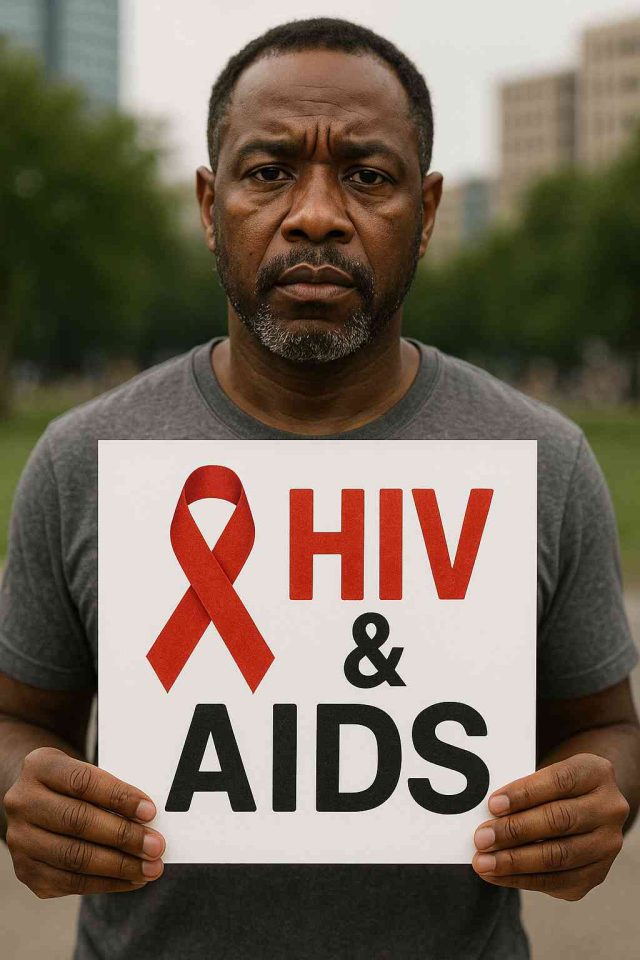Despite decades of scientific progress, advocacy, and education, HIV and AIDS remain persistent global health challenges. For some, these conditions seem like relics of the past, but for millions worldwide, they are daily realities. The real question we must ask is this: when it comes to HIV and AIDS, are we truly doing enough?
A teenager in 2025 may never have known the era when an HIV diagnosis was a death sentence. However, misconceptions, stigma, and systemic gaps in care continue to create barriers. Addressing these issues is critical, especially as we edge closer to ambitious public health goals.
Table of Contents
- Understanding the Current HIV and AIDS Landscape
- Major Advances in HIV and AIDS Treatment
- Gaps in Prevention and Education
- The Global Disparity in Access to Care
- Conclusion
- FAQs
Understanding the Current HIV and AIDS Landscape
Today, over 38 million people globally live with HIV. The virus disproportionately affects marginalized communities, particularly in low-income nations, LGBTQ+ populations, and racial minorities. Even in well-resourced countries, many individuals remain unaware of their status due to limited testing or fear of stigma.
Efforts to combat HIV and AIDS have been relentless. However, an effective response requires more than medical treatment. It must include education, awareness, and political will. Public health campaigns, like those promoted on AIDS.org, remain crucial for reaching underserved populations and combating misinformation.
Major Advances in HIV and AIDS Treatment
The treatment landscape for HIV and AIDS has significantly evolved. Antiretroviral therapy (ART) allows patients to live long, healthy lives with undetectable viral loads. Once-daily regimens and long-acting injectable medications, such as Cabenuva, have improved adherence and quality of life.
Moreover, pre-exposure prophylaxis (PrEP) and post-exposure prophylaxis (PEP) offer effective prevention options. Still, access remains inconsistent. In many regions, these breakthroughs are not widely available or affordable. Patients may also be unaware of these treatments due to gaps in physician-patient communication.
Despite progress, HIV and AIDS require constant vigilance. Resistance, comorbidities, and social determinants of health all influence outcomes. Hence, continued investment in research and patient-centered care is essential.
Gaps in Prevention and Education
One of the most overlooked elements in the HIV and AIDS fight is prevention. While treatment advances dominate headlines, educational programs have suffered from budget cuts and shifting public priorities. School-based sex education programs are often outdated or non-existent, failing to address current risks and realities.
In contrast, community-based outreach remains one of the most effective strategies. Grassroots organizations are often better equipped to build trust, especially in communities facing healthcare discrimination. These efforts, however, require sustained funding and support.
Digital health platforms also play a growing role in prevention. Websites like Healthcare.pro can serve as gateways to trustworthy information. But without digital literacy and access, underserved groups may miss out on these benefits.
The Global Disparity in Access to Care
Perhaps the starkest issue in the HIV and AIDS response is the disparity in care. In sub-Saharan Africa, where the majority of HIV-positive individuals reside, access to ART is improving but still limited by infrastructure and supply chain challenges. Many countries rely heavily on international aid programs to fund their HIV responses.
Meanwhile, developed nations face challenges of their own. Urban centers may see higher infection rates among unhoused individuals and drug users. Racial disparities persist in both diagnosis and treatment. Moreover, undocumented immigrants and uninsured individuals frequently fall through the cracks.
Efforts to bridge these gaps require a multifaceted approach. Governments, NGOs, and pharmaceutical companies must collaborate. Campaigns such as AIDS.org’s mission highlight the importance of sustained awareness, equitable resource allocation, and community-driven care.
Conclusion
The battle against HIV and AIDS has seen impressive victories, yet it is far from over. While science and technology offer hope, societal and systemic barriers remain. To answer the question, “Are we doing enough?”—we must admit there’s still work to be done.
By enhancing education, widening access to modern treatments, and confronting stigma head-on, we can bring meaningful change. The tools exist. The science is there. What remains is the will to act on a global and local level.
FAQs
Why is HIV still a global health issue? Despite medical advancements, HIV continues to spread, especially in regions with poor healthcare infrastructure or social stigma.
What are current treatments for HIV? Most patients are prescribed antiretroviral therapy (ART). Long-acting injectables and daily pills are common forms.
Is HIV prevention accessible to everyone? Not entirely. While PrEP and PEP are effective, their availability is inconsistent, especially in low-income regions.
What is the role of education in preventing HIV? Education helps reduce stigma, promotes safer behaviors, and encourages testing and treatment.
How can I support the fight against HIV and AIDS? Advocate for equitable healthcare policies, support community initiatives, and educate yourself and others.
Disclaimer
“This content is not medical advice. For any health issues, always consult a healthcare professional. In an emergency, call 911 or your local emergency services.”
